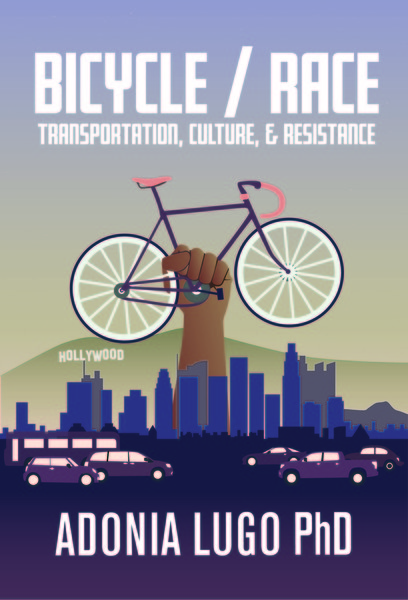 |
| This is where a bike can get you in Dana Point |
When I lived in Los Angeles and commuted to UC Irvine by public transit and my bike, I used this blog to demonstrate how I did it, that it was possible. My experiment in carfree regional commuting showed me again and again that the built environment isn't the only barrier to sustainable transportation here; driving is deeply habitual, and it enables drivers to create mental maps of the region that erase distance. At the same time, driving produces distance between the people inside the car and the people outside. Driving keeps you away from other people, and this may be the exact vision of the American Dream that lures people to places like Orange County. Driving half an hour through winding, landscaped suburban highways for dinner? Not uncommon. Treating people like obstacles on a course rather than like other road users in a shared space? Not uncommon. These side effects of driving are destructive to the ecology of the region, both in terms of pollution and in terms of segregation.
How can the place where sprawl was born transform itself into a region where walking, biking, and using public transit make sense? In fact, many people live carfree in this region; they're usually very poor. What if we paid attention to how they make this lifestyle work? What if we paid attention to how we communicate messages about one mode of transport being better than others? When I was growing up, nobody told me that walking wasn't okay. My family walked all over San Juan Capistrano, as far as Doheny Beach on the creek trail, or as near as the drugstore where I could buy Thrifty ice cream (black cherry is the best). I got the message that biking wasn't a form of transportation, though, and didn't ride a bike in traffic until after I graduated from college. I also got the message that riding the bus was a symbol of something negative, and was thrilled to take my mom's old car when I got my license at 17.
Building the sprawl has been tremendously costly, but we can overcome it through social change. What if people start to think of riding buses and trains as pleasurable outings rather than as punishments for the poor? What if people started supporting the restaurants and businesses closest to their homes rather than driving long distances to eat at cafés that call themselves local and organic? A gated community is a mental rather than a physical construction; all you have to do is prop the gate and life can flood inside. Southern California is already bubbling and hissing with experiments in sustainable living; all you have to do is find some humans and get to work.

